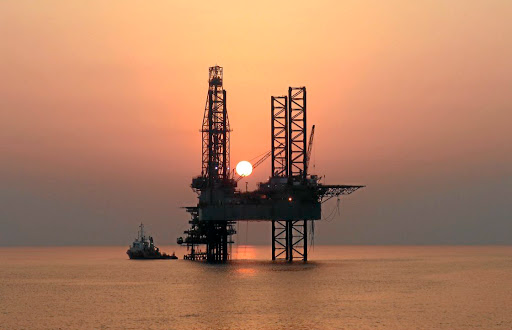Saudi Arabia and Russia moved with determination to support oil prices, extending their respective ongoing production and export cuts through the end of the year. In an initial response to Tuesday’s news, oil prices jumped and hit the highest level so far this year, with Brent Crude prices exceeding the $90 per barrel mark.
The extension of Saudi Arabia’s 1 million barrels per day (bpd) cut through December reinforces “the precautionary efforts made by OPEC Plus countries with the aim of supporting the stability and balance of oil markets,” the Kingdom says. The cuts, which mean the Saudis will pump 9 million bpd until the end of the year, will be reviewed monthly to consider deepening the cut or increasing production, depending on the state of the market.
Russia also extended its 300,000 bpd export cut into December, with the option to review every month and potentially deepen the cuts or increase supply, according to market conditions.
Both Russia and Saudi Arabia need high oil prices to generate more budget revenues, but their support for “the stability and balance of oil markets” could unravel part of the efforts the Fed and other central banks have put in the past year and a half to curb inflation.
Higher oil and higher energy prices could stoke inflation again at a time when Wall Street has raised the odds of the Fed pausing the interest rate hikes at their meeting at the end of September.
Last week’s U.S. jobs report showed a cooling of the labor market—analysts said this was what the Street needed to price in a pause in rate hikes this month. Wage increases slowed and the unemployment rate increased to 3.8% from 3.5%.
“The Fed couldn’t hope for a better report in their fight against inflation,” Chris Zaccarelli, Chief Investment Officer for Independent Advisor Alliance, said in a statement carried by Business Insider.
“If the economy can continue to expand and the labor market can cool at a slow pace, rather than at a rapid clip, then the Fed can afford to leave rates where they are and patiently wait for (current) higher rates to do their work,” Zaccarelli added.
A soft landing for the U.S. economy after all the rate hikes since February 2022 could restart a rise in the business cycle and reinvigorate inflation.
But oil at $90 a barrel and higher – thanks to Saudi Arabia and Russia – would only add to inflationary pressures, possibly undoing part of the central banks’ efforts to tame the runway consumer price hikes of the past two years.
“Saudi Arabia, worried about the demand outlook, extends its 1m b/d production cut to yearend. A move that will boost demand worries as sticky energy-supported inflation may force Central Banks to keep rates higher for longer, thereby raising growth and demand concerns,” Ole Hansen, Head of Commodity Strategy at Saxo Bank, said, commenting on the extended production cuts.
According to Ed Moya, senior market analyst at OANDA,
“It looks like the Saudis and Russians are on the same page about keeping the oil market tight.”
“While global growth concerns intensify, OPEC+ appears to be committed to keeping the oil market tight no matter the cost to the global economy,” Moya said in a note after Saudi Arabia and Russia announced the extensions of their oil supply cuts.
There are high hopes on the markets that the U.S. economy will see a solid third quarter and a decent fourth quarter, with recession risks possibly waiting until next year, the analyst added.
Rising oil production from non-OPEC+ producers offsets part of the extended cuts, capping oil prices around the $90 per barrel mark, Moya noted.

 Iran Energy News Oil, Gas, Petrochemical and Energy Field Specialized Channel
Iran Energy News Oil, Gas, Petrochemical and Energy Field Specialized Channel



